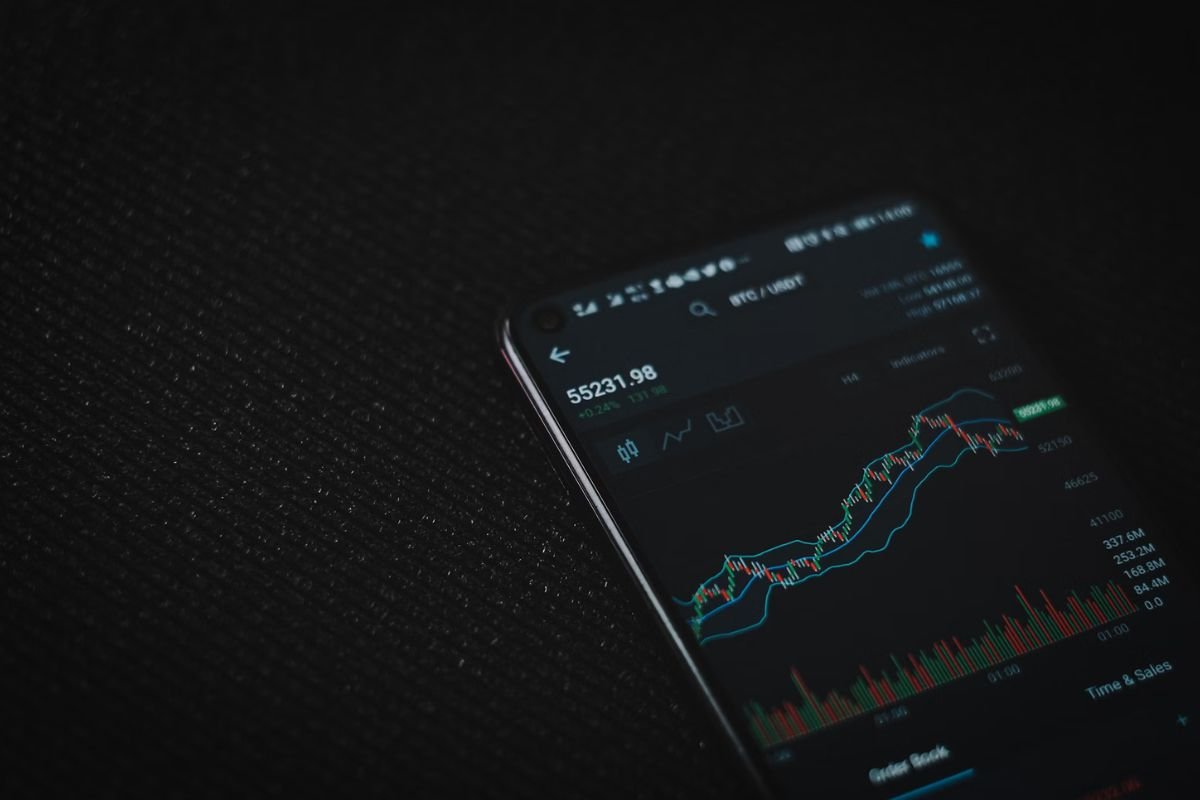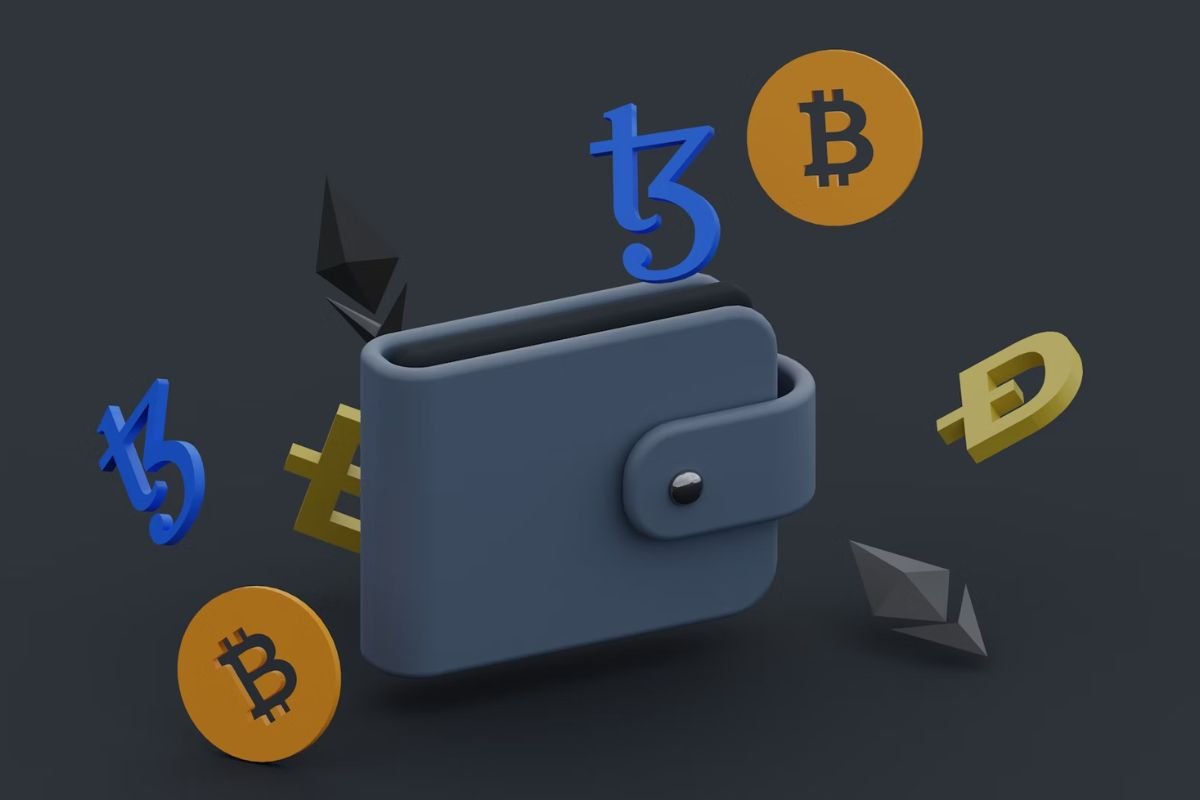Cryptocurrency is becoming more popular every year, and more people are looking for simple ways to manage their investments. If you’re new to digital assets, keeping track of your portfolio might feel confusing, especially with all the different wallets, exchanges, and market movements. Prices can change quickly, and without a good system, it’s easy to lose track of what’s happening with your holdings.
Understanding how to monitor your crypto portfolio can help you make better decisions and avoid unnecessary stress. Whether you’re holding just a few coins or investing in several different projects, staying organized is important. With the right tools and strategies, tracking your crypto can be just as simple as checking a bank account. This guide will break everything down in an easy-to-follow way so you can manage your portfolio like an expert without feeling overwhelmed.
Understanding what a crypto portfolio is
To effectively monitor your crypto portfolio, it’s crucial to understand that it’s simply a collection of your digital assets. This includes cryptocurrencies like Bitcoin and Ethereum, as well as other tokens that might have different uses. Some people only own one or two types of coins, while others spread their investments across multiple blockchains.
The value of a crypto portfolio changes constantly because prices move up and down throughout the day. Unlike traditional stocks, which only trade during certain hours, crypto is available 24/7. This means that your portfolio balance could look completely different in the morning than it did the night before.
Because of how fast the market moves, it’s important to have a clear way to track your assets. Knowing how much you own, where it’s stored, and how much it’s worth at any given moment helps you stay in control. If you want to learn more about crypto, you can find out more information on Sandmark’s website.
Choosing the right wallet to store your crypto

A cryptocurrency wallet is where you store your digital assets, and choosing the right one depends on your needs. There are many different types of wallets, including hardware wallets, mobile apps, and web-based wallets that you can access from any device.
Some wallets are better for long-term storage, while others are designed for people who trade frequently. If security is your top concern, a hardware wallet is a great option since it keeps your crypto offline, making it harder for hackers to access. If you need quick access to your funds, a mobile or web-based wallet might be a better choice.
Keeping track of multiple wallets can get complicated, which is why it’s useful to use apps or tools that let you view all your balances in one place. Some wallets even have built-in tracking features to help you monitor your crypto portfolio easily.
Using block explorers to check transactions

A block explorer is a tool that lets you see blockchain transactions in real time. Every crypto transaction is recorded on a public ledger, and block explorers allow you to search for specific transactions by entering a wallet address or transaction ID. This level of transparency makes it easy to track funds, verify transactions, and understand how crypto moves across different wallets.
If you’re waiting for a payment or sending funds, a block explorer helps you confirm that the transaction went through. This is useful if a transfer is taking longer than expected, since you can see the status and how many confirmations it has. It’s also a great way to get more transparency when it comes to using cryptocurrencies. Instead of relying on an exchange or wallet app to show transaction status, you can independently verify details, which can be helpful if you’re troubleshooting or dealing with a delay.
For those using different blockchains, it’s important to use the right explorer. If you’re tracking transactions on Arbitrum, for example, an arb block explorer can help you find specific details about transfers, fees, and wallet balances on that network. Since every blockchain has its own explorer, using the correct one allows you to quickly access accurate information without confusion. Some explorers even provide advanced tools like gas fee estimations, historical data, and insights into smart contracts, making them valuable for both beginners and experienced users.
Tracking your portfolio with crypto apps

Manually keeping track of multiple cryptocurrencies can get overwhelming, especially if you’re using different wallets and exchanges. That’s why portfolio tracking apps exist—to make everything easier by showing all your assets in one place.
Many of these apps connect directly to your wallets and exchanges, so they update automatically whenever you make a transaction. Instead of checking each account separately, you can open one app and see all your balances, recent transactions, and overall portfolio value in real time.
Some of the best portfolio tracking apps also let you set alerts for price changes. This is helpful if you’re watching certain coins closely and want to know when their value goes up or down without constantly checking the market.
Keeping an eye on transaction fees
Transaction fees are an important part of monitor your crypto portfolio because they can add up quickly, especially if you make frequent transfers. Every time you send cryptocurrency, the network requires a small fee to process the transaction, and these fees aren’t fixed. They change depending on network traffic, transaction size, and the type of cryptocurrency you’re using. If you’re not paying attention, these costs can reduce the value of your holdings over time.
For example, Ethereum uses gas fees which can change based on how congested the network is. When many people are making transactions at the same time, gas fees rise, making it more expensive to send even a small amount of crypto. Bitcoin fees also vary, depending on transaction size and how quickly you want it confirmed. If the network is less busy, fees tend to be lower, but during peak times, they can become quite expensive.
Some wallets and exchanges allow users to choose different fee levels based on how fast they want their transactions processed. Higher fees speed up confirmations, while lower fees can take longer. Learning when to adjust fee settings and timing transactions during low-traffic periods can help you save money in the long run, especially if you move funds regularly.
Understanding the importance of diversification
When monitor your crypto portfolio, putting all your money into one asset can be risky. Since the market is unpredictable, spreading investments across multiple cryptocurrencies can help reduce losses if one of them drops in value.
Many investors choose to hold a mix of large, well-known cryptocurrencies like Bitcoin and Ethereum, along with smaller tokens that have growth potential. This way, if one part of the portfolio loses value, the other investments might help balance things out.
Diversification doesn’t mean buying random coins. It’s important to research projects and understand what you’re investing in. Keeping track of different assets might seem challenging, but portfolio tracking apps make it easier to see everything in one place.
Staying informed about market trends
To effectively monitor your crypto portfolio, it’s crucial to stay abreast of the market’s dynamic nature. Unlike traditional stock markets, which have set trading hours, cryptocurrency is active 24/7, making it even more important to stay updated. A sudden price drop or a major announcement can affect the market in unexpected ways, and missing key information could mean losing a good buying or selling opportunity. Keeping an eye on trends helps you stay ahead and make better decisions when managing your portfolio.
Many portfolio tracking apps offer built-in news updates and market analysis, saving you time by bringing everything together in one place. Instead of searching multiple websites for updates, these tools let you see important headlines, expert opinions, and price movements in real-time. Some apps even send alerts for major news events that could impact the market, making it easier to react quickly. If you’re investing in crypto for the long term, understanding trends allows you to recognize the best times to buy or sell instead of making random decisions.
It’s also useful to follow reliable crypto news sources, along with price charts that show historical data. By studying past trends, you can get a clearer picture of how certain coins behave over time, helping you predict possible future movements and avoid emotional trading.
Setting alerts for price changes
Since crypto prices change all the time, setting up alerts can help you react quickly to market movements. Most tracking apps let you set notifications for specific price levels, so you’ll know when to buy or sell without constantly checking the charts.
Price alerts are helpful for anyone who wants to take advantage of short-term price swings. If you’re waiting for a coin to drop to a lower price before buying, setting an alert can let you know when it happens so you don’t miss the opportunity.
Some alerts also notify you about important market news or large movements in certain coins. These updates can help you stay informed and make quick decisions based on market activity.
Understanding and monitor your crypto portfolio doesn’t have to be complicated. By using wallets with tracking features, checking transactions with block explorers, and using portfolio apps, managing digital assets becomes much easier. Paying attention to fees, staying informed about market trends, and setting up alerts can also help you make better financial decisions. The more you stay organized, the more confident you’ll feel about handling your crypto investments.









